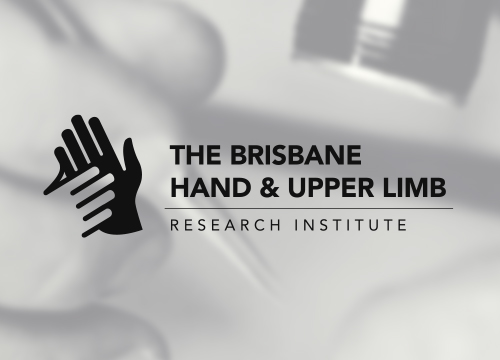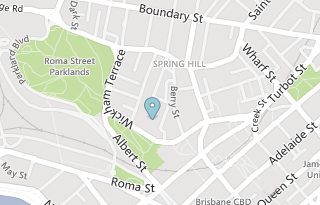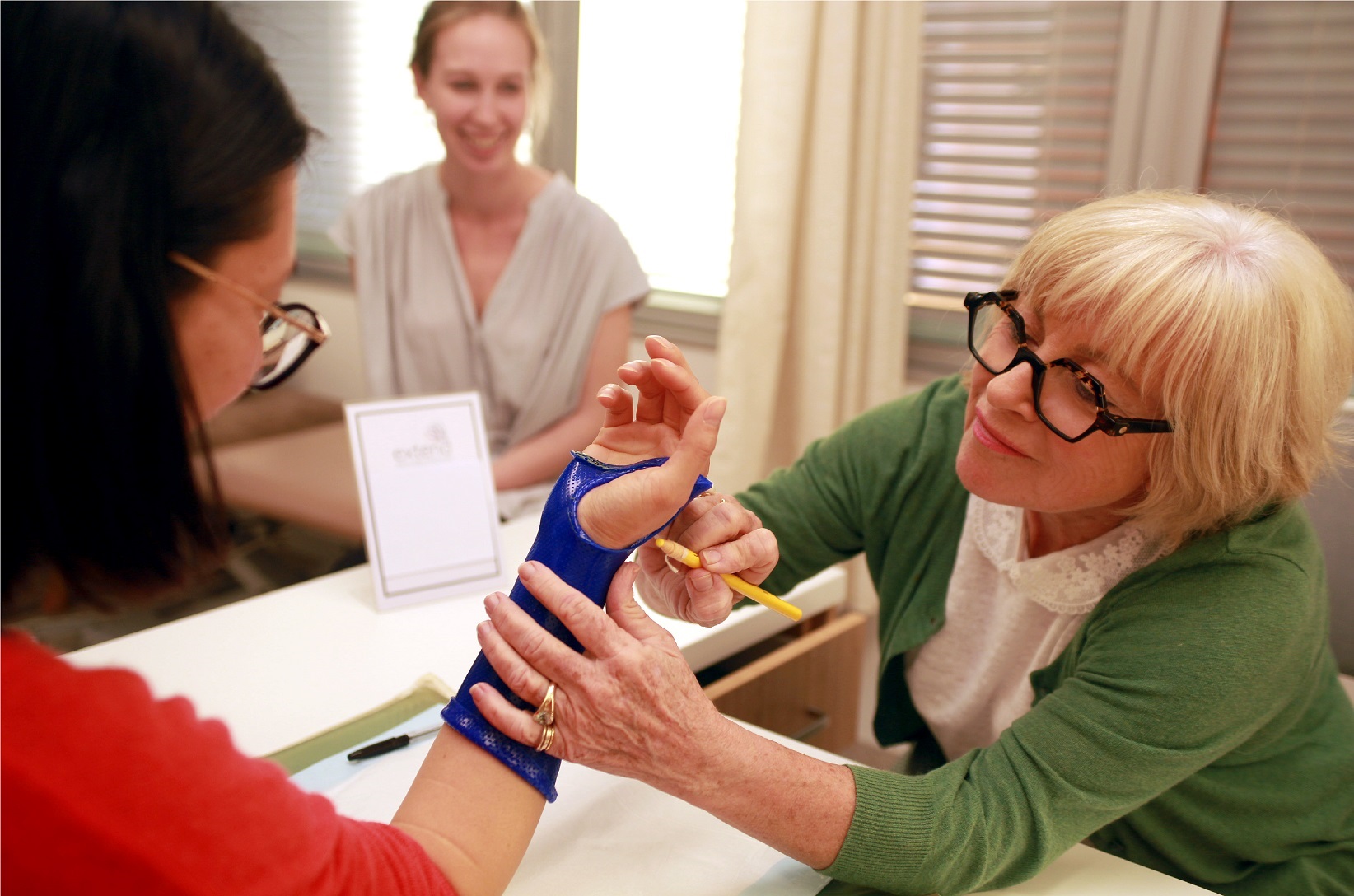Mark Ross, Kenneth Cutbush, Andrew Johnson, Steve McPhail, Susan Peters, Steve Frederiksen, Michael Bourke, Wendy Potts, Grace Lam
Anterior shoulder dislocations are the most common type of joint dislocation, accounting for 50% of all joint dislocations presenting to Emergency Departments. Historically these patients were managed with a convention sling that holds the hand and arm close to the body (called an internal rotation sling). Unfortunately the dislocation recurrence rate for patients under the age of 30 who are managed this way is very high (up to 72%) and this form of immobilisation may offer no benefit other than early pain relief. Arthroscopic shoulder stabilisation surgery has been shown to significantly lower the redislocation rate in the young high risk patient group and has less morbidity than older open surgical techniques. For these reasons shoulder surgeons may offer surgery to young patients after their first dislocation especially those involved in sports or vocation that put them at future risk of shoulder instability. However surgery has higher costs and more immediate clinical risk than a sling. Some preliminary research has emerged to suggest that a different type of shoulder bracing (called external rotation bracing) may be substantially better than an internal rotation sling. External rotation bracing keeps the elbow by the side, but the hand out in front. It may help the soft tissues around the shoulder joint to heal with less ongoing shoulder instability. This may reduce or eliminate the need for surgery. However, there has been no previous randomised trial comparison of external rotation bracing to arthroscopic shoulder stabilisation surgery. This study will use a randomised trial method to compare the effectiveness (and cost-effectiveness) of the (cheaper and more conservative) external rotation bracing in comparison to arthroscopic shoulder stabilisation surgery amongst young patients (16-30 years) who have dislocated their shoulder for the first time.




